30 Iconic Stadiums Where College Sports Meet Global Competition
College sports are a spectacle of passion, tradition, and community, and while the United States boasts some of the world’s largest and most electrifying college arenas, the global stage is just as awe-inspiring. From football temples in South America to cricket meccas in Asia and rugby strongholds in Europe, universities around the world are home to stunning stadiums that transcend the game itself. These venues are more than just sporting arenas—they are cultural landmarks where history, innovation, and school pride collide. That’s why we’ve expanded our list to 30 iconic stadiums that define the intersection of college sports and global competition. From record-breaking attendance numbers to jaw-dropping architecture, these stadiums are must-visit destinations for any sports fan. Join us as we take a tour across continents, exploring the legendary stadiums where academic prestige meets athletic greatness.
1. Jawaharlal Nehru Stadium, Delhi, India (60,000)
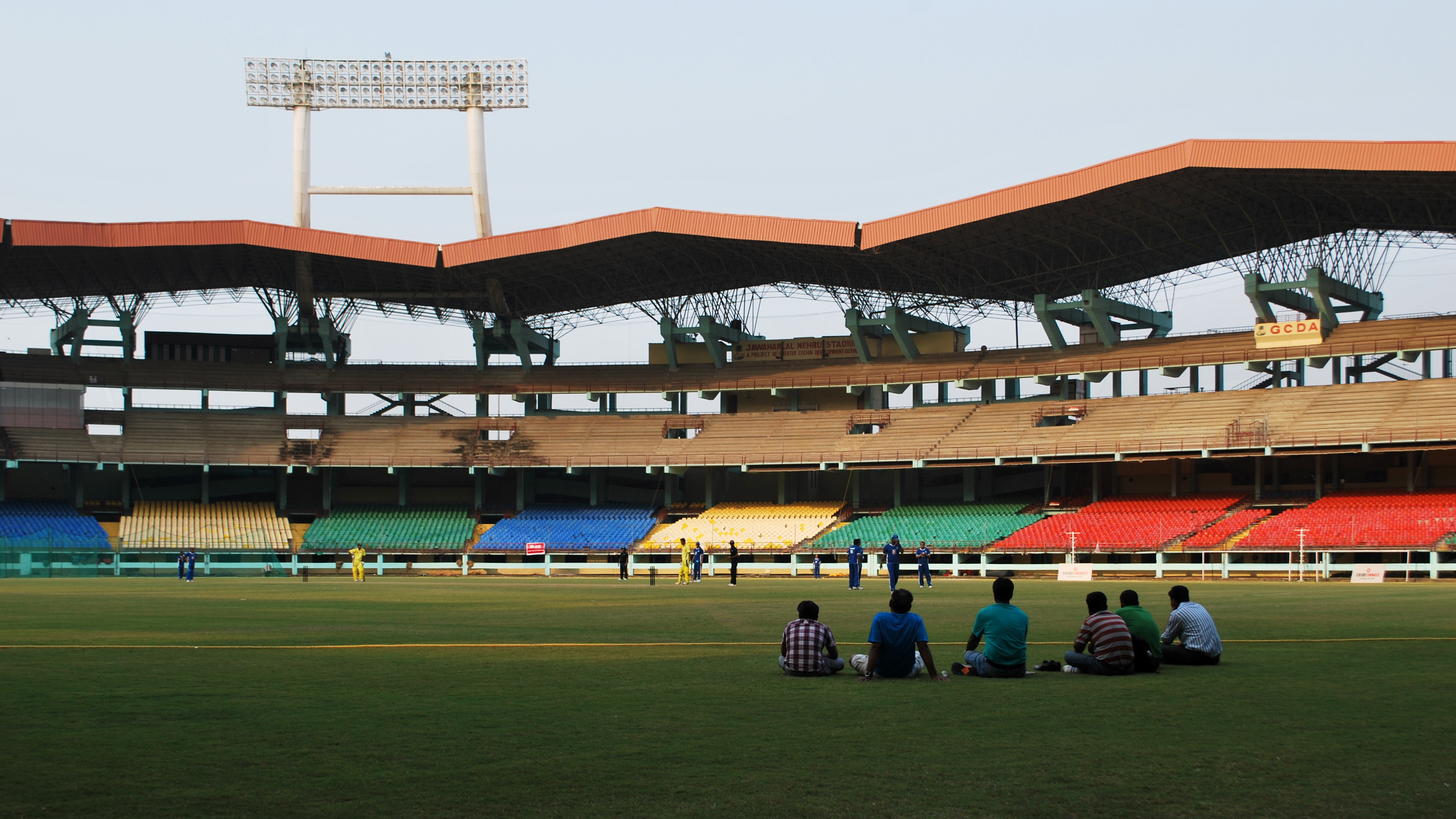
The Jawaharlal Nehru Stadium in Delhi is not only one of India’s most iconic sports venues but also a vital hub for university athletics. Built for the 1982 Asian Games, this stadium has since hosted countless events, including university-level championships and cultural festivals. Its multifunctional design and central location make it a preferred venue for students from various institutions across Delhi and beyond. What sets this stadium apart is its cutting-edge lighting system and large screens that enhance the spectator experience. With its state-of-the-art facilities, including athletic tracks and expansive seating, the stadium provides a platform for student-athletes to showcase their talents on a grand stage. Outside of sports, the venue often transforms into a cultural hotspot, hosting concerts and
2. Cape Coast Sports Stadium, Ghana (20,000)
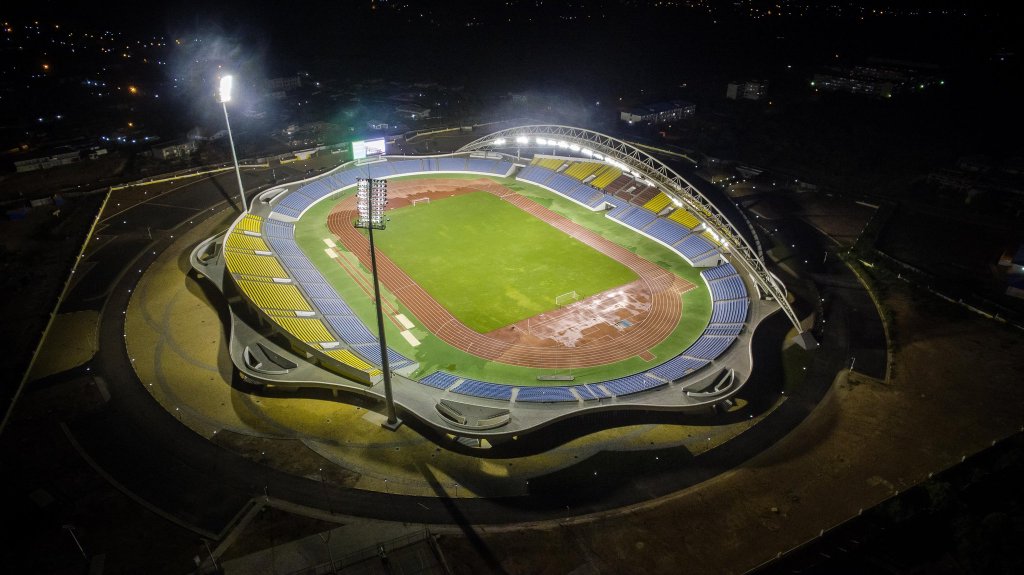
Situated in the heart of Cape Coast, this stadium is a beacon for university sports and community engagement. Serving the many academic institutions in the region, it has become the go-to venue for intercollegiate competitions and national youth tournaments. The stadium’s vibrant energy during events mirrors the deep passion Ghanaians have for sports, particularly football, which is the centerpiece of most activities here. The stadium’s design blends modern architecture with cultural elements, showcasing Ghanaian art and symbolism throughout the venue. It is not just a space for athletes but also a training ground for budding professionals in sports management and event coordination. Beyond sports, the stadium regularly hosts community events, charity drives, and student cultural showcases, making it a vital part of Cape Coast’s social fabric.
3. Khalifa Sports Complex, Qatar (48,000)
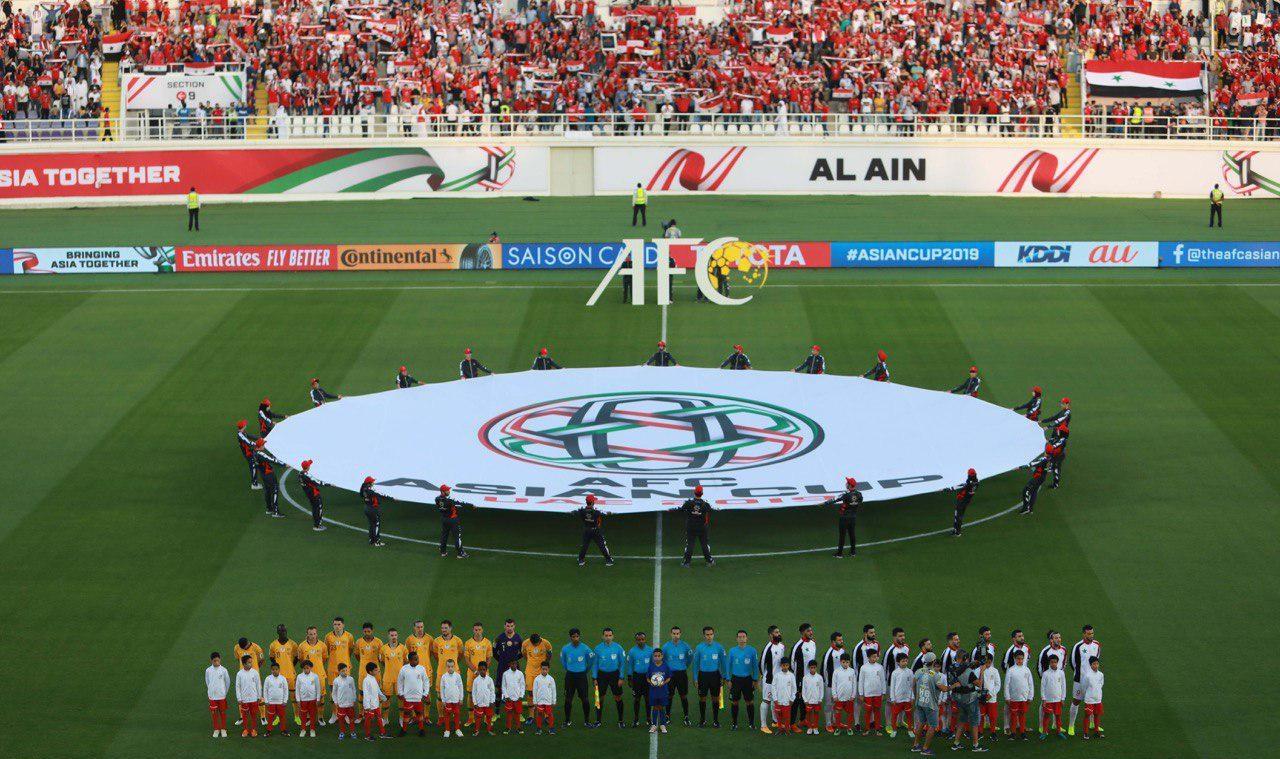
Located in the bustling city of Doha, the Khalifa Sports Complex is a prime example of Qatar’s commitment to academic and athletic excellence. Although it primarily hosts large-scale international events, the venue is also heavily utilized by universities for sporting competitions, training, and academic gatherings. The stadium’s climate-controlled seating and retractable roof are just a few of the advanced features that make it a standout facility. The complex is part of Qatar’s broader vision to promote sports and education simultaneously. Universities frequently collaborate on tournaments and conferences held here, fostering a sense of unity and competition among students. Its strategic location near Qatar’s Education City also allows easy access for students from multiple institutions, further enhancing its reputation as a key venue for academic and athletic activities.
4. Bukit Jalil National Stadium, Malaysia (87,411)
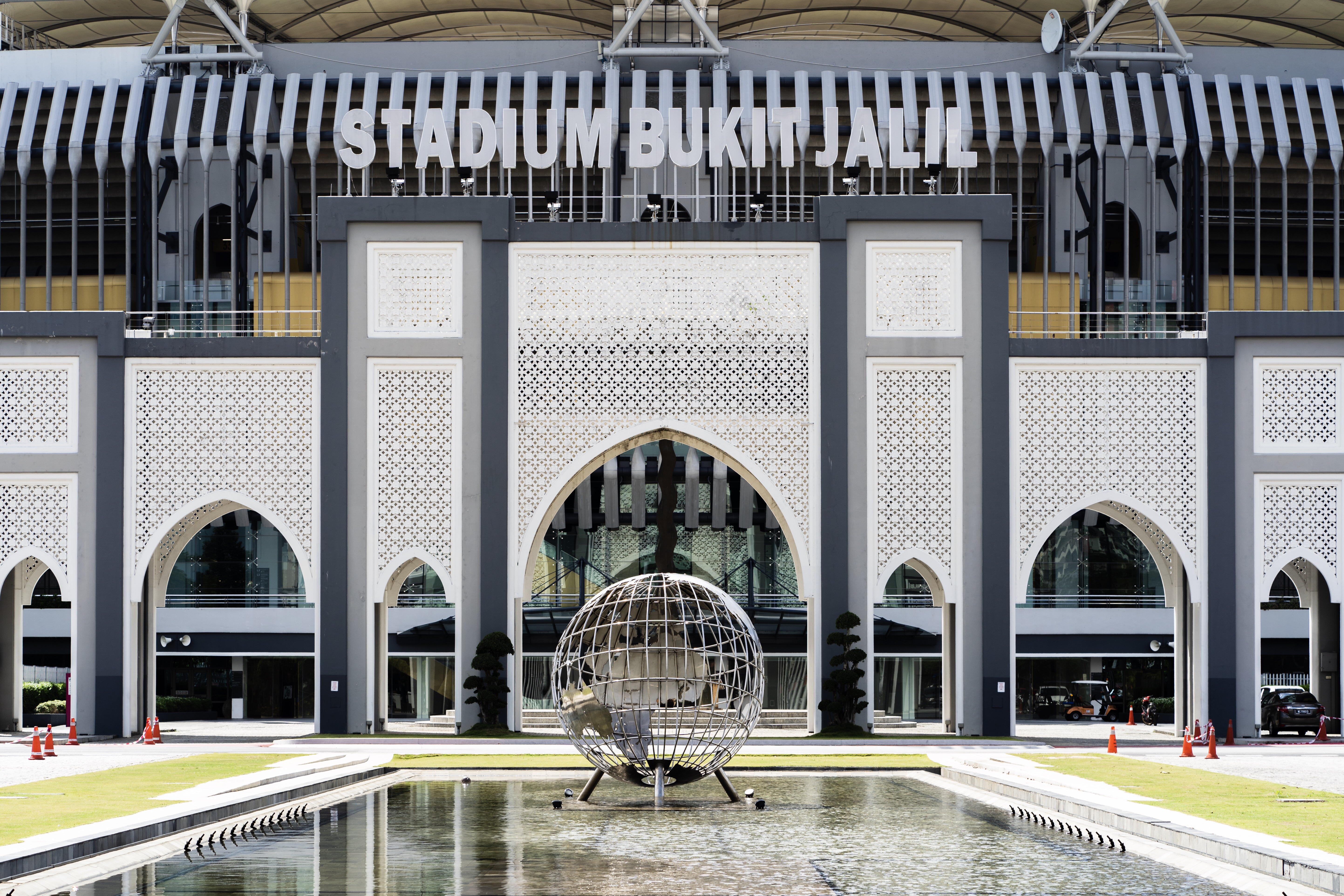
As one of the largest stadiums in Asia, Bukit Jalil National Stadium in Kuala Lumpur serves as a hub for Malaysia’s top intercollegiate sports events. Its massive seating capacity and world-class facilities make it a favorite for universities hosting regional and national championships. The stadium was originally constructed for the 1998 Commonwealth Games and has since undergone upgrades to maintain its status as a premier venue. Universities across Malaysia often organize their annual sports days and festivals here, drawing thousands of students and alumni. The stadium’s accessibility via public transportation and its proximity to the city center make it a convenient gathering place. Whether hosting track and field events, football matches, or large-scale graduations, Bukit Jalil exemplifies the seamless integration of community and collegiate activities.
5. Estadio Universitario, Mexico (42,000)

Nicknamed “El Volcán” for its fiery atmosphere during games, Estadio Universitario is more than just a football stadium—it’s the beating heart of student life at the Universidad Autónoma de Nuevo León. This iconic venue has been a centerpiece of collegiate sports in Mexico since its opening in 1967. Its unique location near campus allows students to walk to games, creating an electric environment on match days. The stadium frequently hosts university-level competitions in addition to serving as the home ground for professional football matches. Its design includes spacious locker rooms, advanced training facilities, and areas dedicated to fan engagement. Beyond sports, Estadio Universitario is often used for concerts and academic ceremonies, making it a cultural hub for students, alumni, and the wider community.
6. Melbourne Cricket Ground (MCG), Australia (100,024)

Known globally as the “G,” the Melbourne Cricket Ground is one of Australia’s most famous sporting landmarks. While primarily associated with cricket and Australian rules football, the MCG also serves as a venue for university sports and events. Its immense seating capacity makes it ideal for hosting major college tournaments, particularly those involving rival universities. The MCG’s historical significance and central location in Melbourne make it a popular destination for students and alumni. Universities frequently organize sporting events, graduations, and even cultural festivals here, leveraging the stadium’s world-class facilities. The integration of heritage and cutting-edge technology ensures that the MCG remains a beacon of student engagement and athletic excellence.
7. Stadionul Steaua, Romania (31,254)
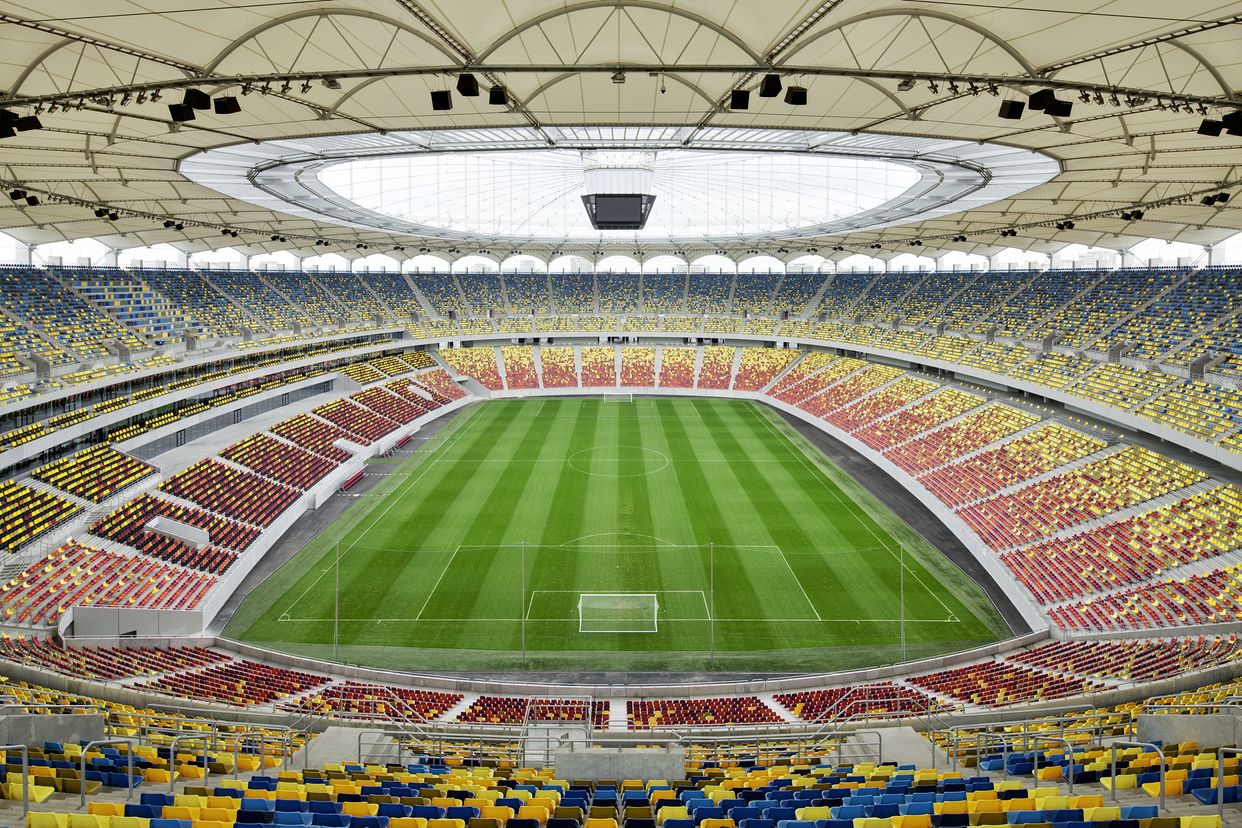
Stadionul Steaua, located in Bucharest, is a modern marvel that blends Romania’s rich history with contemporary design. Though primarily used for professional sports, this stadium is also a vital venue for university events, including football tournaments and track meets. Its sleek design features a striking facade and technologically advanced seating arrangements. The stadium has become a symbol of national pride, and its accessibility encourages universities from across the country to host events here. Students benefit from the high-quality facilities, which include training grounds and cutting-edge fitness equipment. Stadionul Steaua’s versatility makes it a prime choice for intercollegiate competitions and community gatherings alike.
8. Kalinga Stadium, India (15,000)
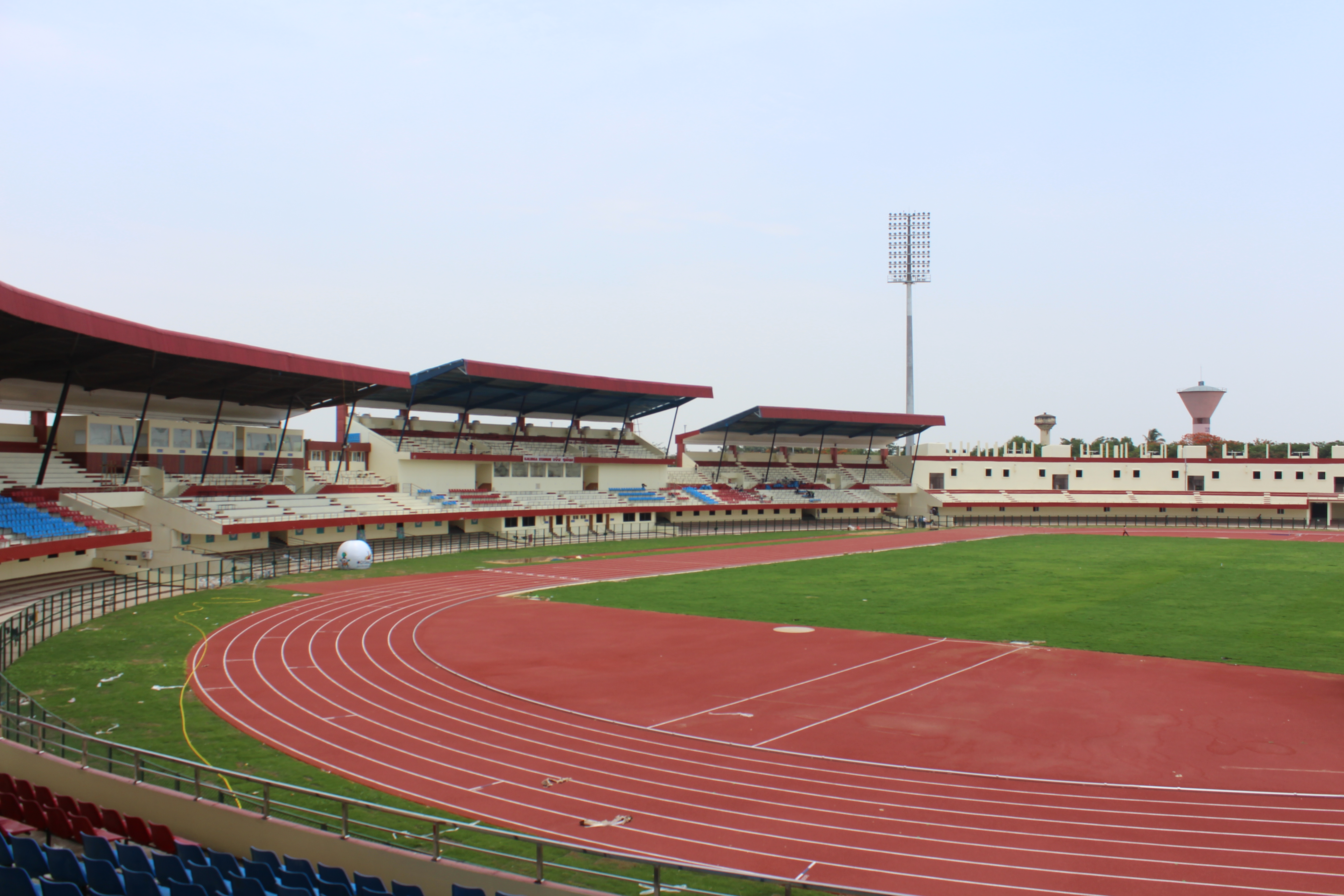
Nestled in Bhubaneswar, Kalinga Stadium is a beacon for university athletics in eastern India. Best known for its hockey pitch, the stadium also hosts various university-level competitions, from track and field to football. Its eco-friendly design incorporates water conservation systems and energy-efficient lighting, reflecting India’s growing emphasis on sustainable infrastructure. Kalinga Stadium is not just a venue for sports but also a hub for cultural and academic events. Universities from the region often collaborate to host workshops, exhibitions, and festivals here. The stadium’s vibrant energy during student tournaments showcases the deep-rooted enthusiasm for sports in Odisha’s academic community.
9. Luzhniki Stadium, Russia (81,000)
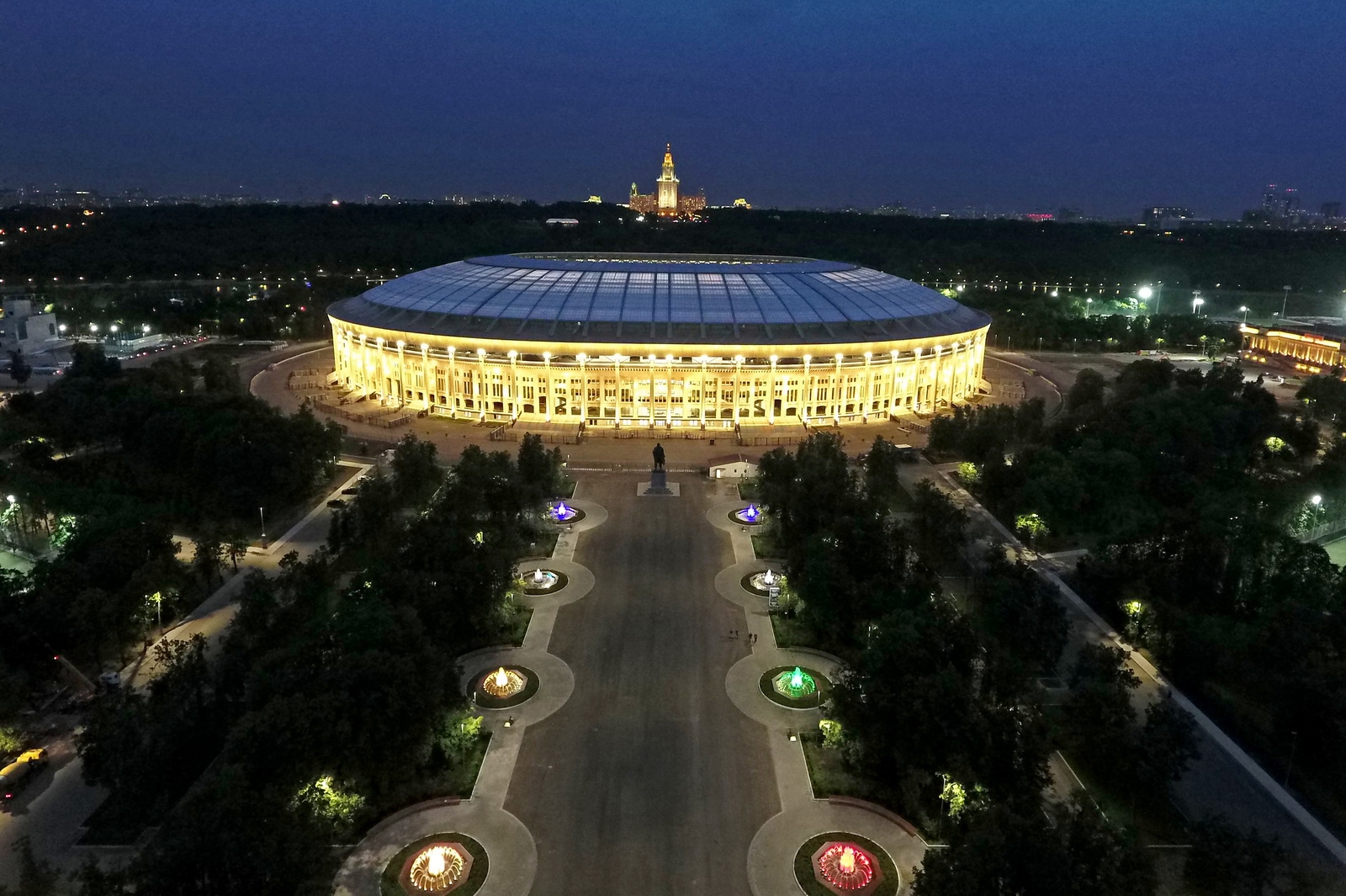
Luzhniki Stadium, one of the largest sports venues in Russia, holds a special place in Moscow’s collegiate and national sports scene. Though it is renowned for hosting international tournaments, it also provides a platform for Moscow’s universities to hold intercollegiate championships and student-oriented festivals. With a rich history dating back to the 1950s, Luzhniki has undergone extensive renovations to maintain its status as a world-class venue. Its modern facilities and prime location make it a popular choice for university graduations, cultural festivals, and athletic events. The stadium’s iconic design reflects both Soviet-era grandeur and contemporary architectural advancements.
10. King Saud University Stadium, Saudi Arabia (25,000)
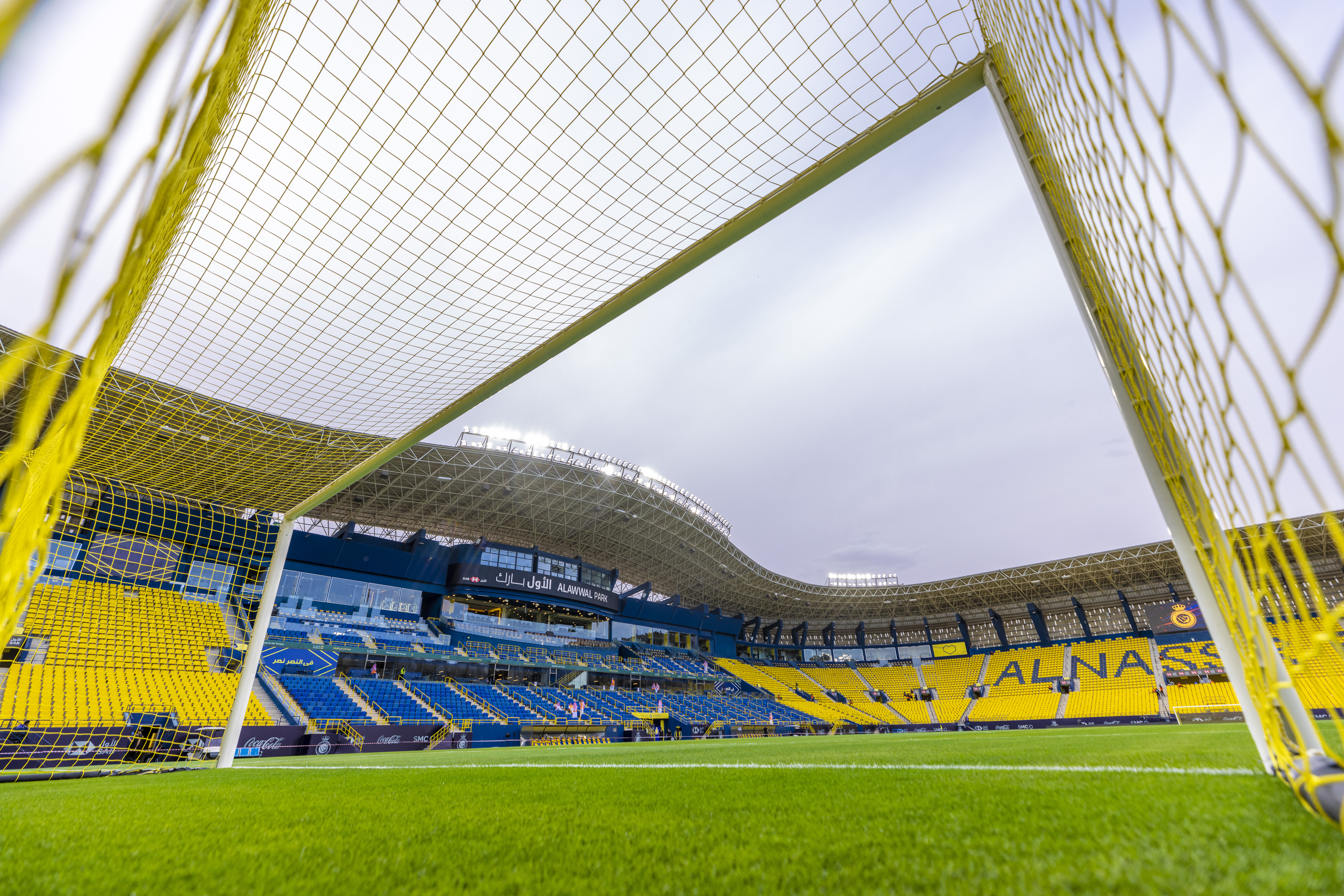
King Saud University Stadium in Riyadh is a shining example of Saudi Arabia’s commitment to academic and athletic excellence. Primarily used by the university, the stadium frequently hosts student sports competitions, alumni events, and national tournaments. Its state-of-the-art design includes energy-efficient lighting and high-tech sound systems. The stadium’s close ties to the university foster a sense of pride and ownership among students. It serves as more than just a sports venue, acting as a space for community building and cultural exchange. Whether hosting football matches or academic ceremonies, King Saud University Stadium is a symbol of progress and innovation.
11. Mandela National Stadium, Uganda (45,202)
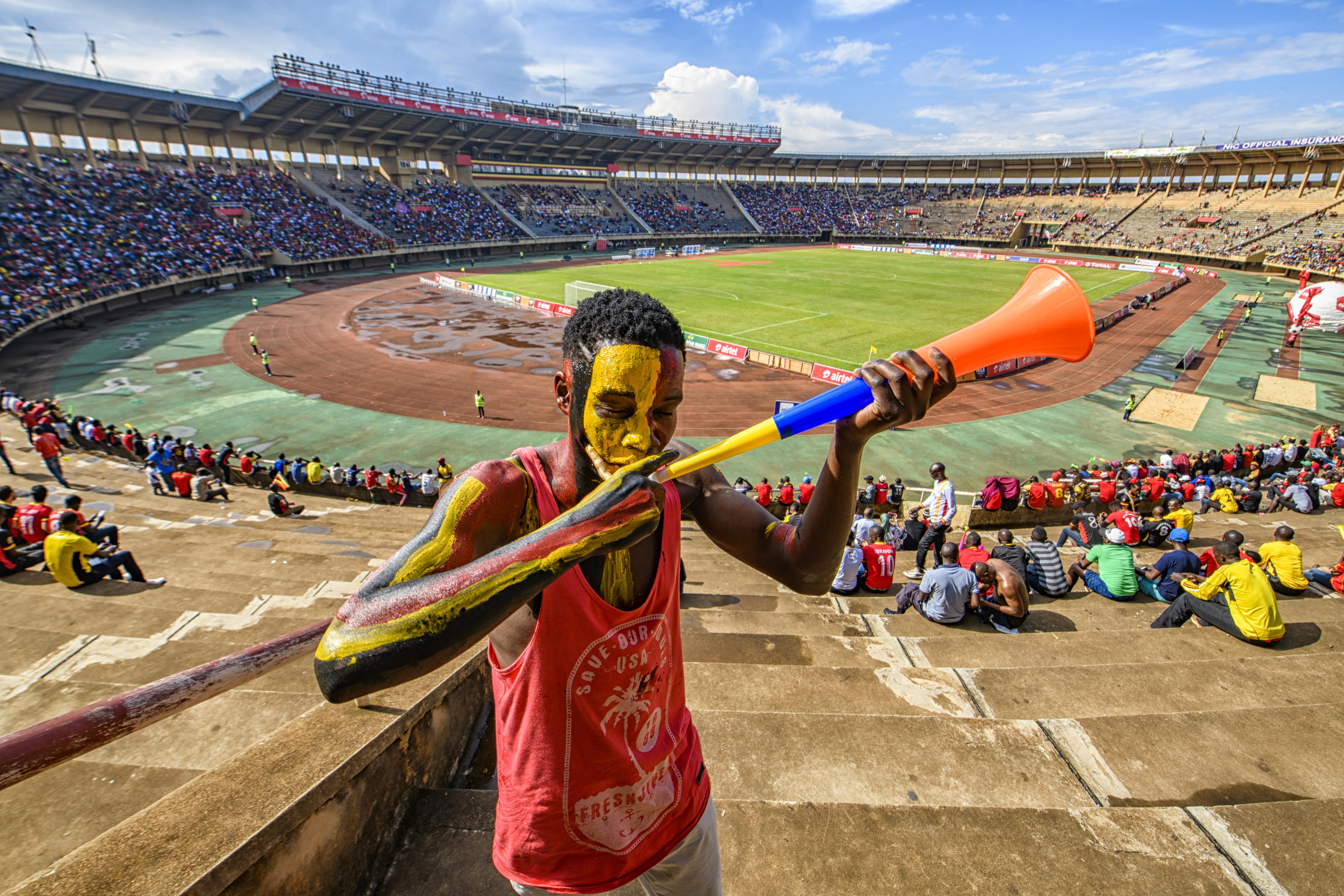
Located in the capital city of Kampala, Mandela National Stadium is an important hub for college sports and national events in Uganda. Named in honor of Nelson Mandela, this stadium is a symbol of unity and progress, drawing students and communities from across the nation. It frequently hosts university-level football matches, track and field events, and intercollegiate competitions, offering a platform for young athletes to shine. The stadium’s spacious design, featuring a natural grass field and extensive seating, ensures a comfortable experience for players and spectators alike. Beyond sports, Mandela National Stadium serves as a venue for cultural festivals, academic gatherings, and concerts, making it a cornerstone of Kampala’s vibrant social life. For students, the opportunity to compete or attend events in such an iconic venue is a source of immense pride.
12. Universiade Sports Center, China (60,000)
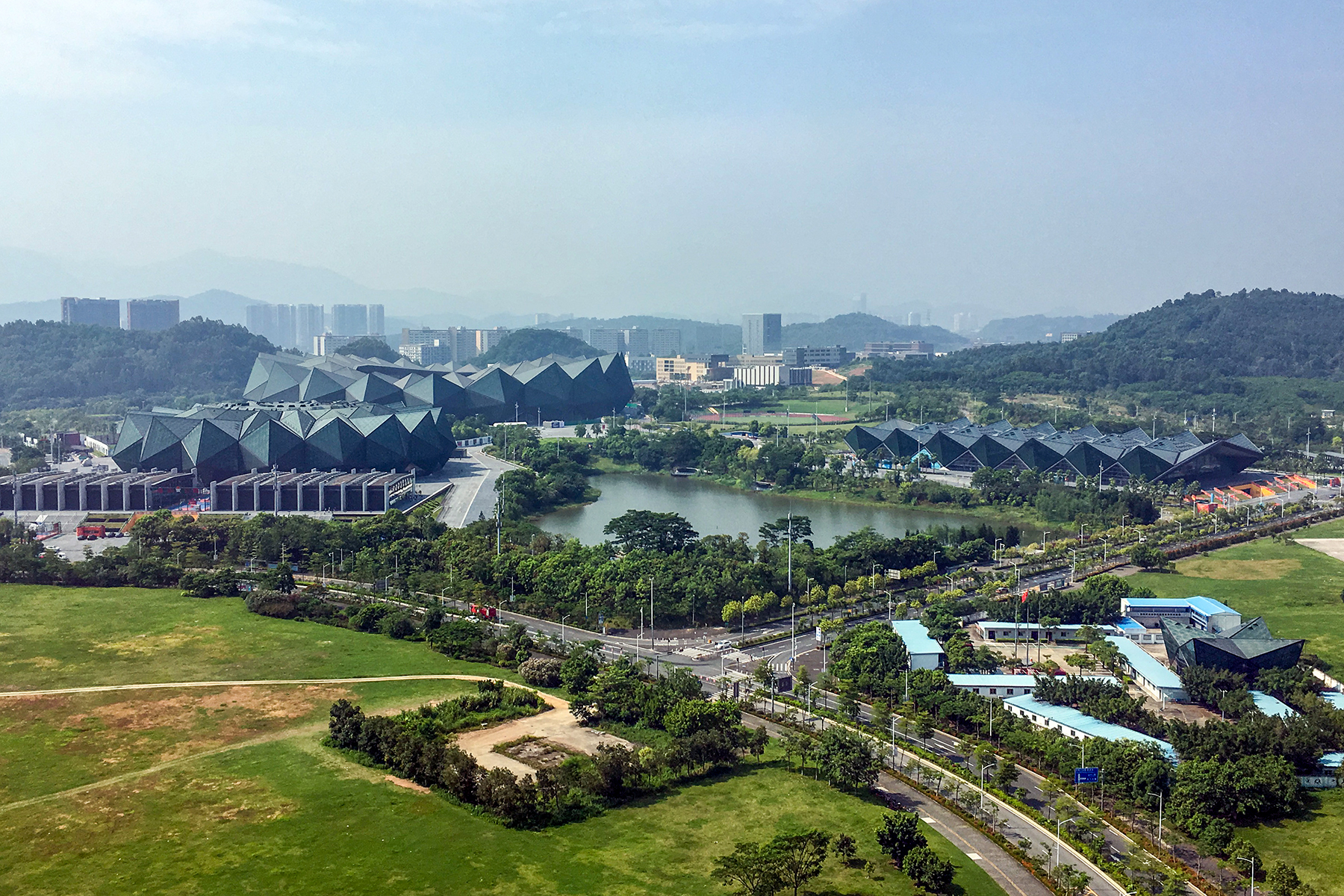
The Universiade Sports Center in Shenzhen is one of the most advanced college stadiums in Asia, reflecting China’s growing investment in higher education and athletics. Built for the 2011 Summer Universiade, the stadium is equipped with cutting-edge facilities, including a retractable roof, energy-efficient lighting, and an advanced drainage system. Today, the stadium continues to host major university events, from athletic tournaments to cultural performances. Its location in Shenzhen, a hub of innovation and technology, makes it a prime destination for students and academic institutions. The Universiade Sports Center is not only a place for competition but also a venue that fosters collaboration and showcases the excellence of Chinese universities.
13. Estádio Universitário, Brazil (30,000)

Located in São Paulo, Estádio Universitário is a vibrant venue that reflects Brazil’s passion for sports and education. Primarily serving the University of São Paulo, this stadium hosts intercollegiate competitions in football, athletics, and volleyball. Its design incorporates open-air seating and colorful murals, celebrating Brazil’s cultural diversity and sporting heritage. The stadium is also a key site for academic events, including graduation ceremonies and student festivals. Its central location and accessible transportation links make it a gathering place for students, alumni, and the wider community. Estádio Universitário is more than a sports venue; it is a hub for cultural exchange and student engagement.
14. Moses Mabhida Stadium, South Africa (54,000)

Located in Durban, Moses Mabhida Stadium is a modern architectural masterpiece that doubles as a hub for university and community events. Originally built for the 2010 FIFA World Cup, it has since become a versatile venue, hosting intercollegiate competitions, graduations, and cultural festivals. The stadium features a unique arch that offers panoramic views of the city, symbolizing unity and progress. Universities frequently utilize this space for sports tournaments and academic celebrations, making it a cornerstone of student life in the region. Its accessibility and state-of-the-art facilities ensure a world-class experience for athletes and spectators alike, while its vibrant atmosphere during college events highlights the passion for sports that defines Durban's academic and cultural landscape.
15. University of Sydney Oval, Australia (18,000)
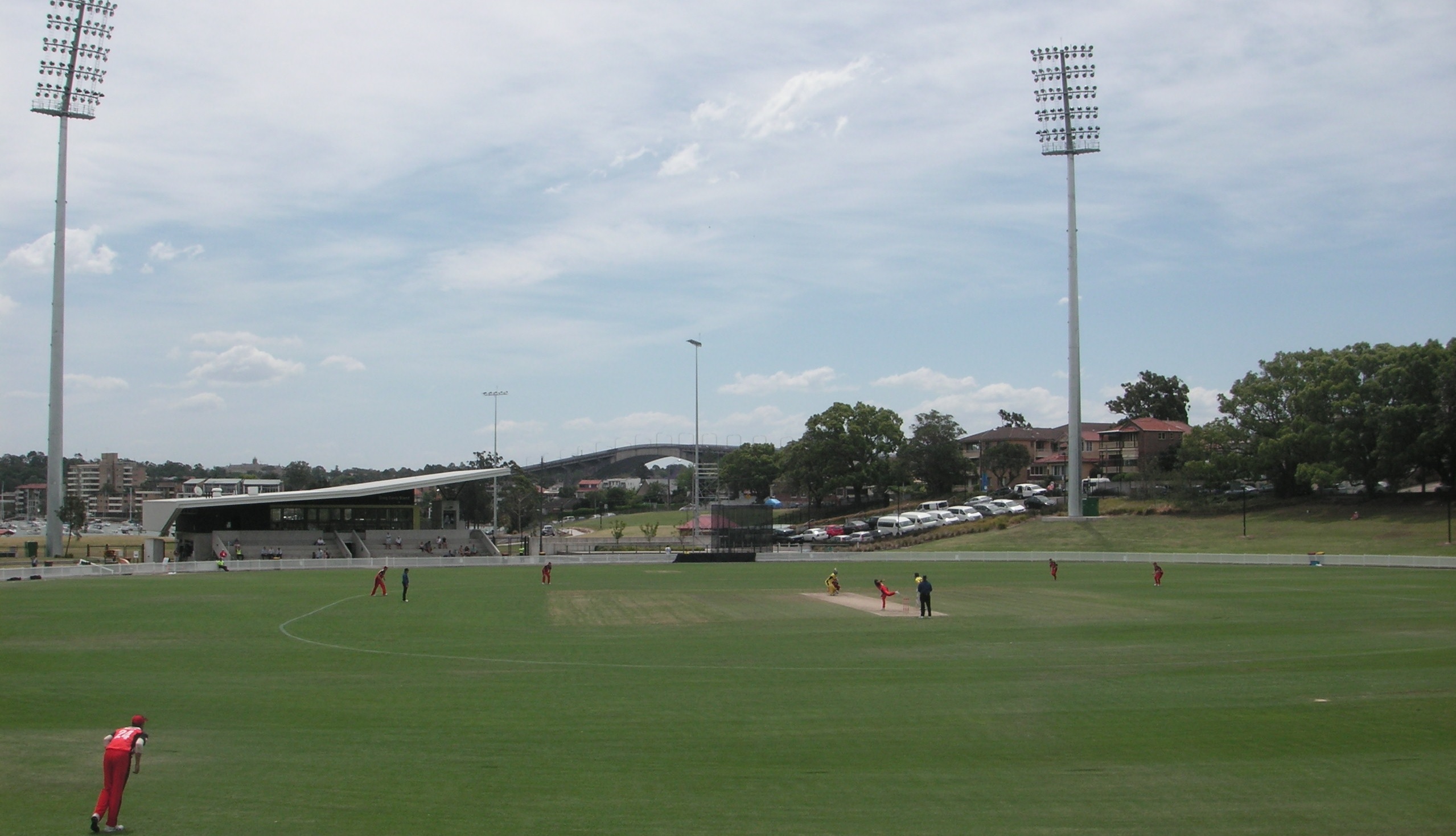
The University of Sydney Oval is a historic venue that seamlessly blends tradition with modernity. Located on the university’s picturesque campus, the oval has been a cornerstone of college sports in Australia for decades. It is primarily used for rugby and cricket matches but also hosts other athletic events and student gatherings. The venue’s intimate setting fosters a strong sense of community, with students, faculty, and alumni frequently attending matches and events. Its well-maintained grounds and modern amenities make it a favorite among athletes and spectators. The University of Sydney Oval is more than just a stadium—it is a living testament to the university’s commitment to excellence in both academics and sports.
16. Olympic Park Stadium, South Korea (69,950)
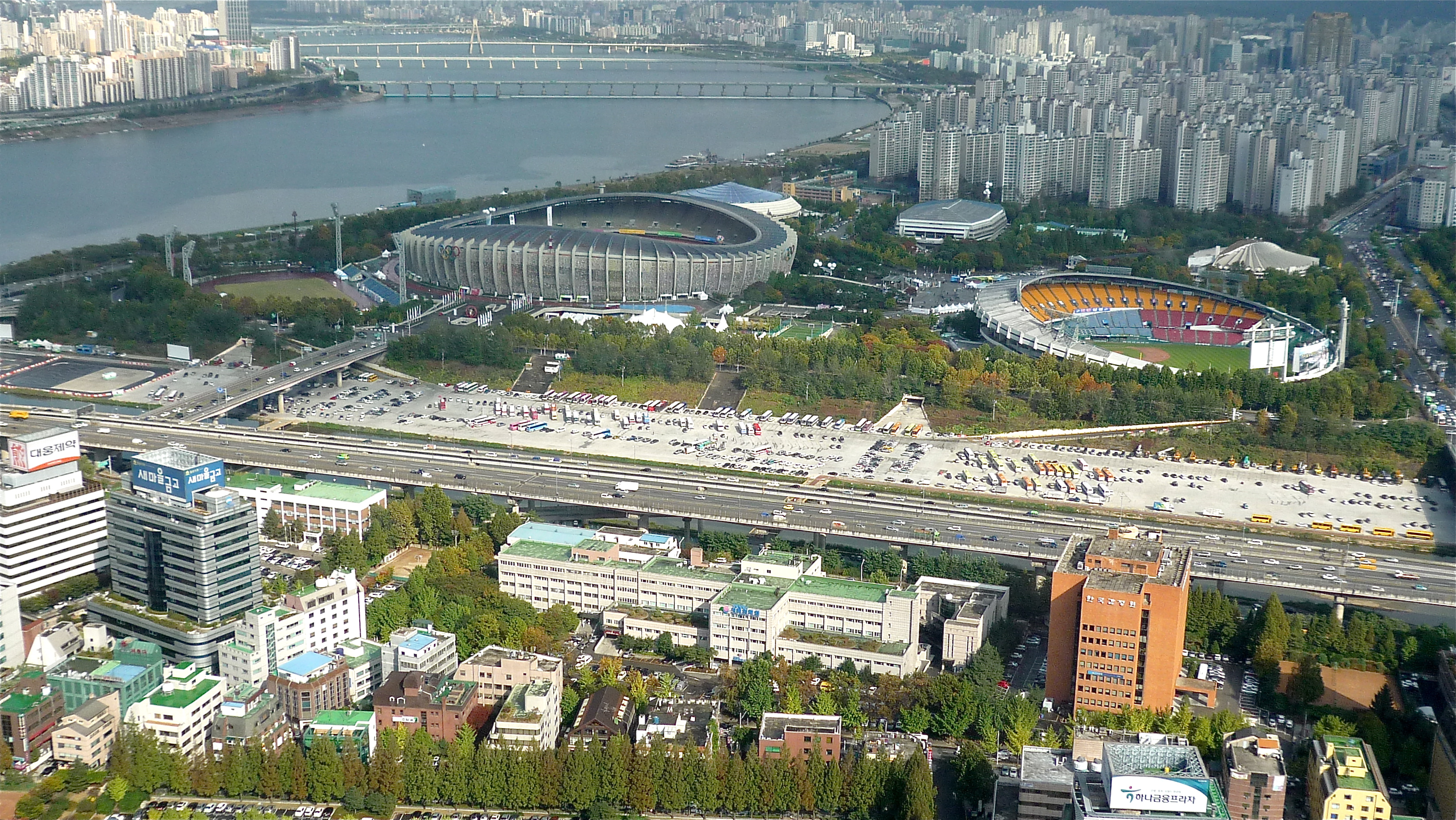
Seoul’s Olympic Park Stadium is a versatile venue that serves as a central hub for South Korea’s top universities. Built for the 1988 Summer Olympics, the stadium has since been repurposed to accommodate collegiate and community events. Its spacious seating, advanced technology, and stunning design make it a favorite for large-scale tournaments and cultural performances. The stadium regularly hosts university football matches, track meets, and academic ceremonies, providing students with a world-class venue to showcase their talents. Its location in the heart of Seoul ensures easy access for students and visitors, further enhancing its role as a key site for fostering student engagement and collaboration.
17. Kamuzu Stadium, Malawi (40,000)
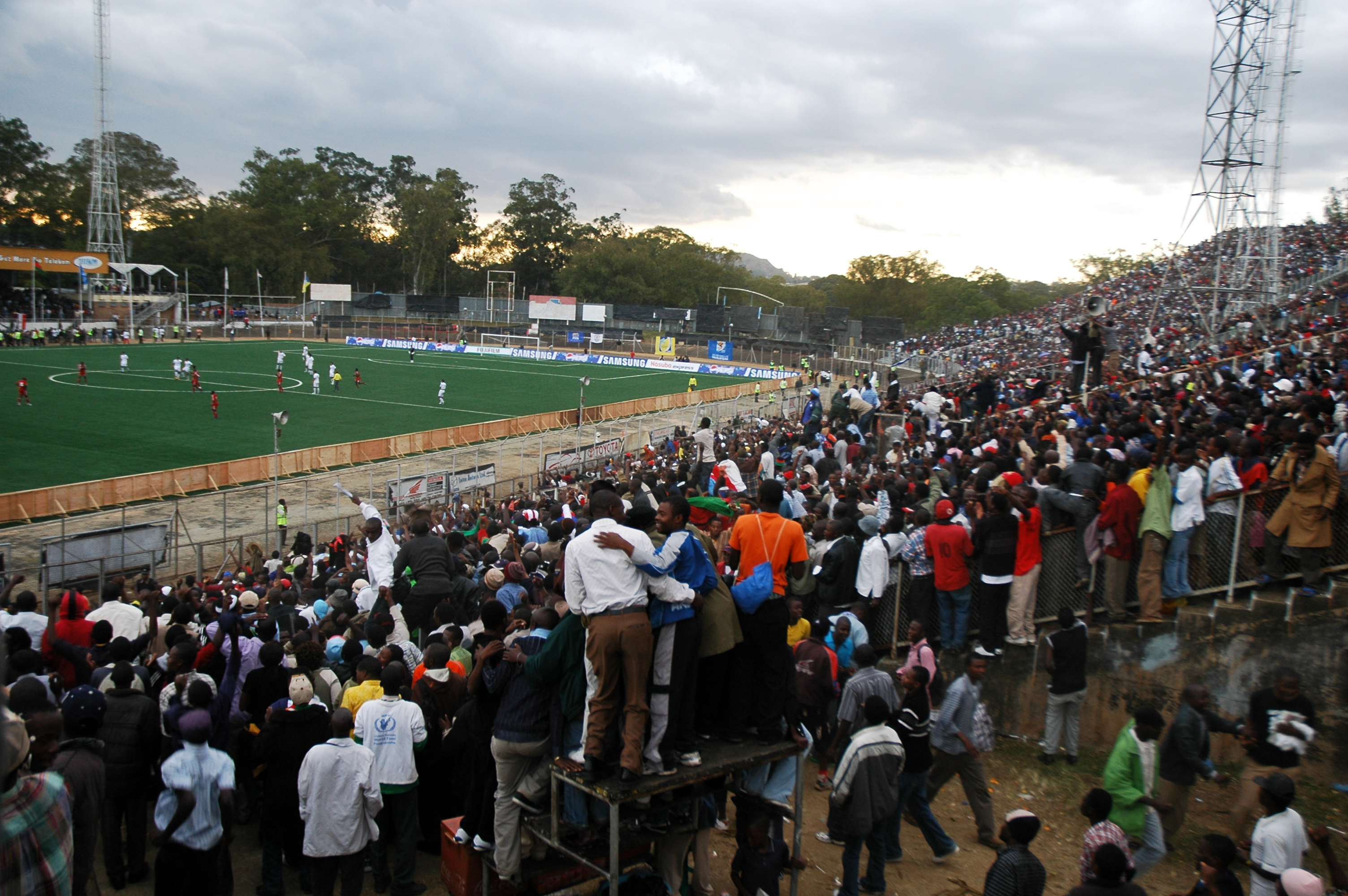
Located in Blantyre, Kamuzu Stadium is a vital venue for college sports and national events in Malawi. The stadium is a key site for university-level football matches and athletics competitions, attracting students from across the country. Its design incorporates traditional Malawian architectural elements, creating a sense of cultural pride among athletes and spectators. Kamuzu Stadium also serves as a space for academic and community events, from graduations to charity drives. Its role in promoting sports and education makes it a symbol of unity and progress in Malawi, inspiring young people to pursue their goals both on and off the field.
18. Oita Stadium, Japan (40,000)
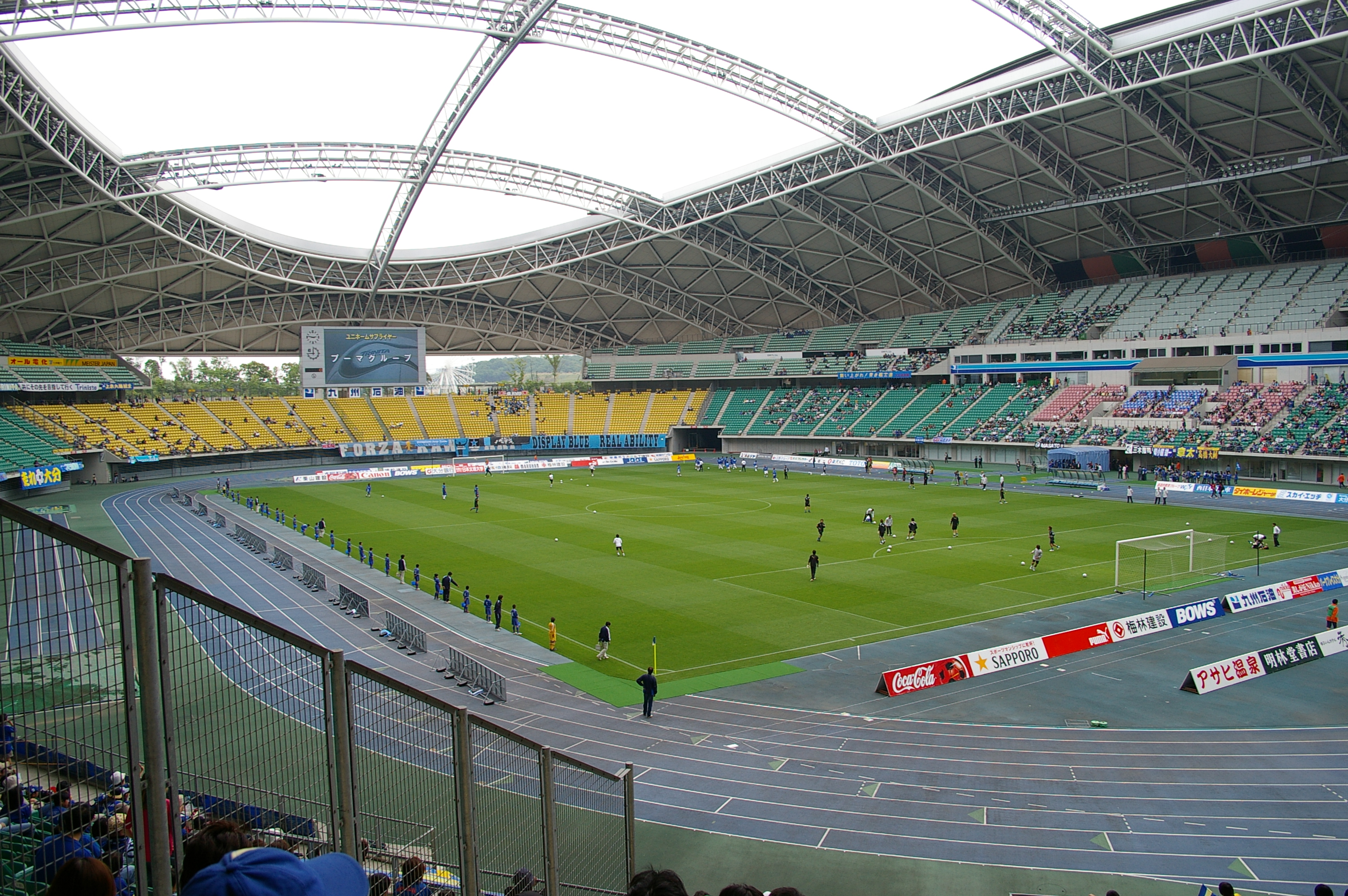
Known for its innovative retractable dome, Oita Stadium is a cutting-edge facility that frequently hosts Japanese university tournaments and cultural events. The stadium’s design combines functionality with aesthetics, featuring modern seating and energy-efficient systems. Its picturesque location in Oita Prefecture adds to its appeal, drawing students and fans from across Japan. Oita Stadium is a hub for intercollegiate competitions, particularly in football and athletics. It also serves as a venue for workshops and conferences, fostering collaboration among academic institutions. The stadium’s commitment to sustainability and community engagement makes it a model for modern sports infrastructure.
19. Universidad de Chile Stadium, Chile (70,000)
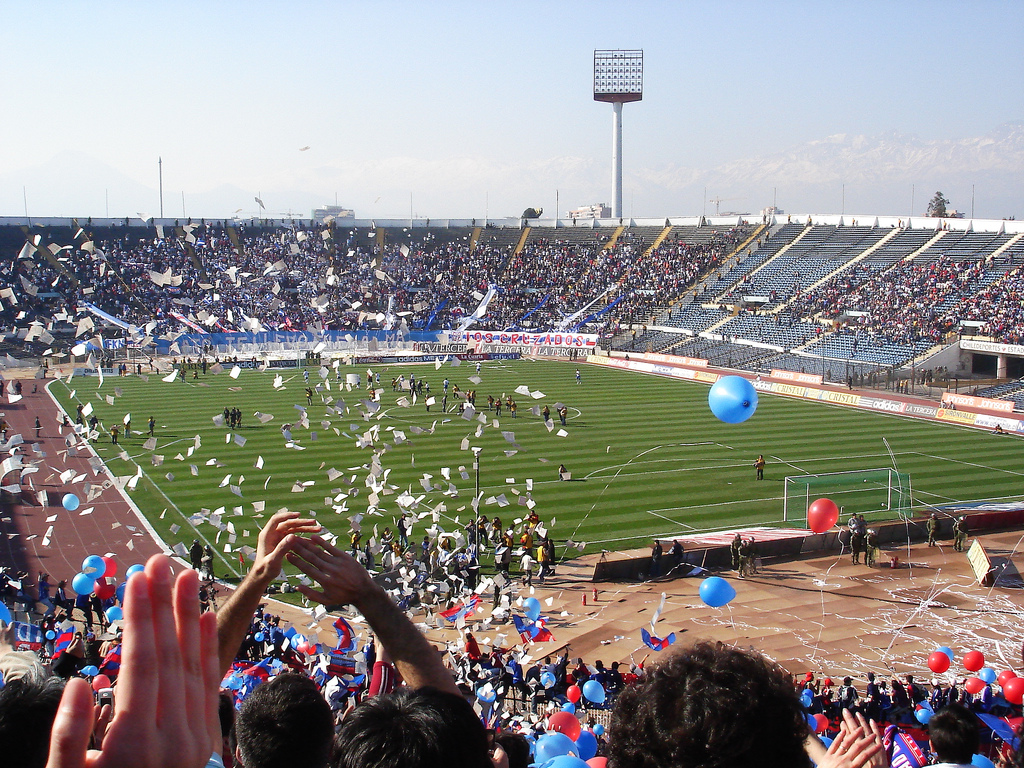
Currently under construction, the Universidad de Chile Stadium is set to become a landmark venue for college sports in South America. Once completed, it will host major intercollegiate events and serve as a training ground for student-athletes. The stadium’s design incorporates sustainable materials and advanced technology, reflecting Chile’s commitment to environmental responsibility. The stadium will also feature dedicated spaces for academic and cultural activities, making it a multifunctional hub for students and the wider community. Its anticipated completion is eagerly awaited, as it promises to elevate the profile of college sports in Chile and beyond.
20. University College Cork Mardyke, Ireland (10,000)
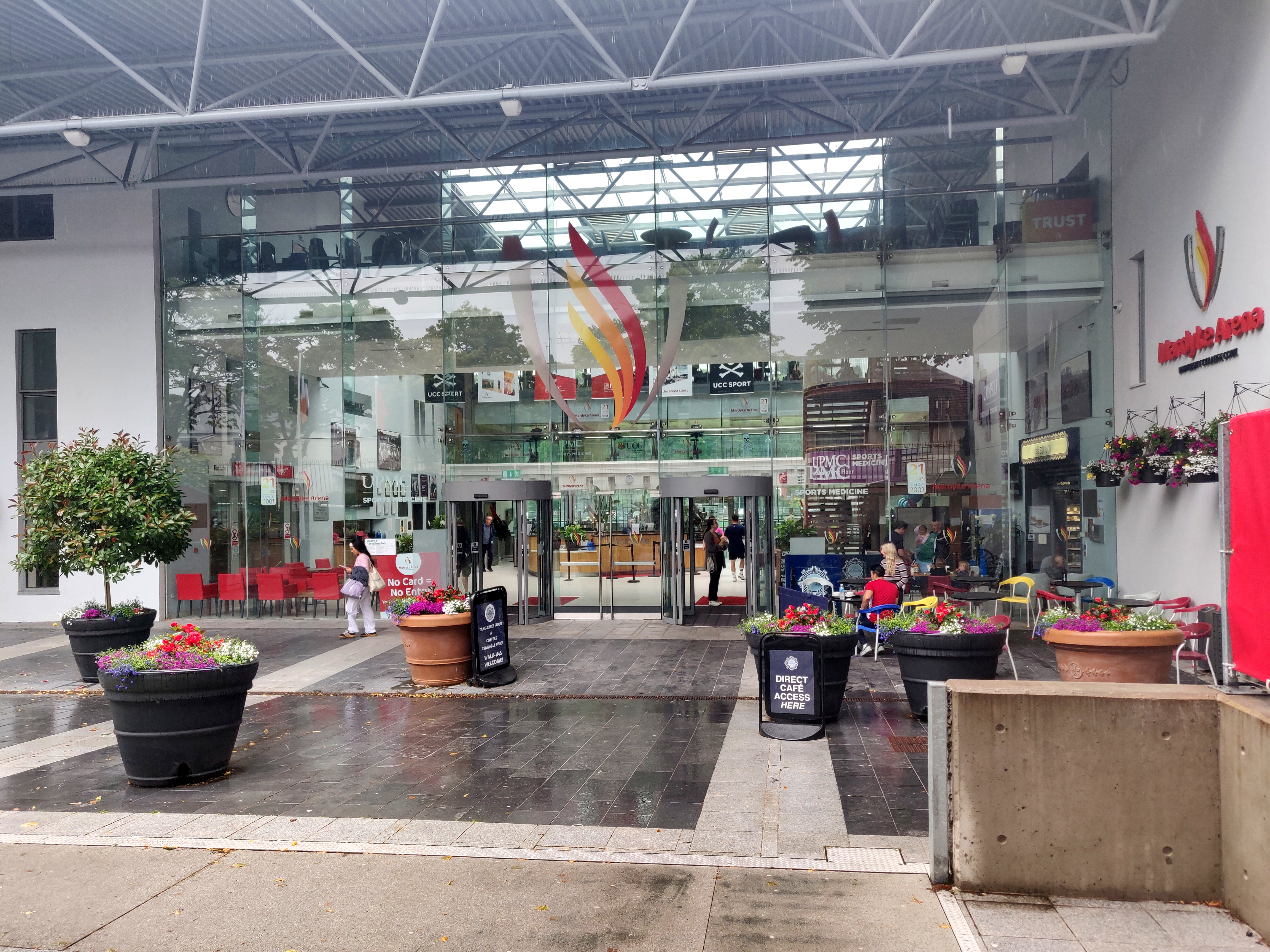
Nestled in the scenic surroundings of Cork, the Mardyke sports grounds at University College Cork have been a hub for student athletics for decades. This historic stadium is renowned for hosting rugby and Gaelic games, reflecting Ireland’s rich sporting heritage. Its intimate setting and strong ties to the university create a welcoming atmosphere for athletes and fans alike. The Mardyke is more than just a sports venue; it is a space where students come together to celebrate their shared passion for athletics and community. Its well-preserved facilities and commitment to tradition make it a cherished part of student life at University College Cork.
21. Makerere University Sports Grounds – Kampala, Uganda (20,000)
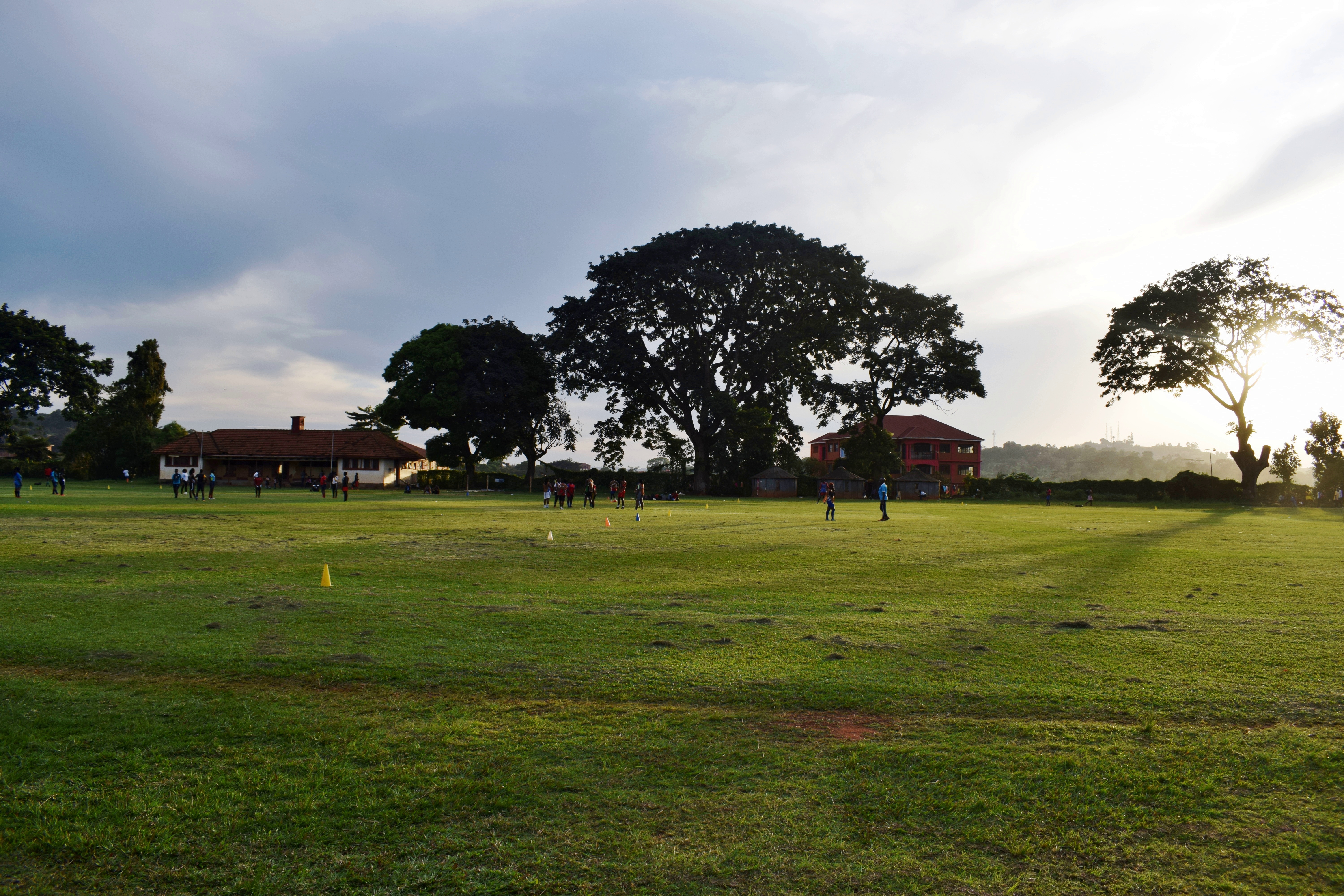
Makerere University, one of Africa’s most prestigious institutions, boasts a vibrant sporting culture, with its stadium serving as a hub for collegiate football, athletics, and rugby. The stadium is an essential training ground for future Ugandan sports stars, regularly hosting the University League and intercollegiate competitions. The venue is a symbol of Uganda’s deep-rooted connection between academia and athletics, fostering student-athletes who go on to represent Uganda at national and international levels. Its location in Kampala, one of Africa’s most bustling cities, ensures a lively match-day atmosphere with strong student support.
22. University of Pretoria LC de Villiers Stadium – Pretoria, South Africa (15,000)
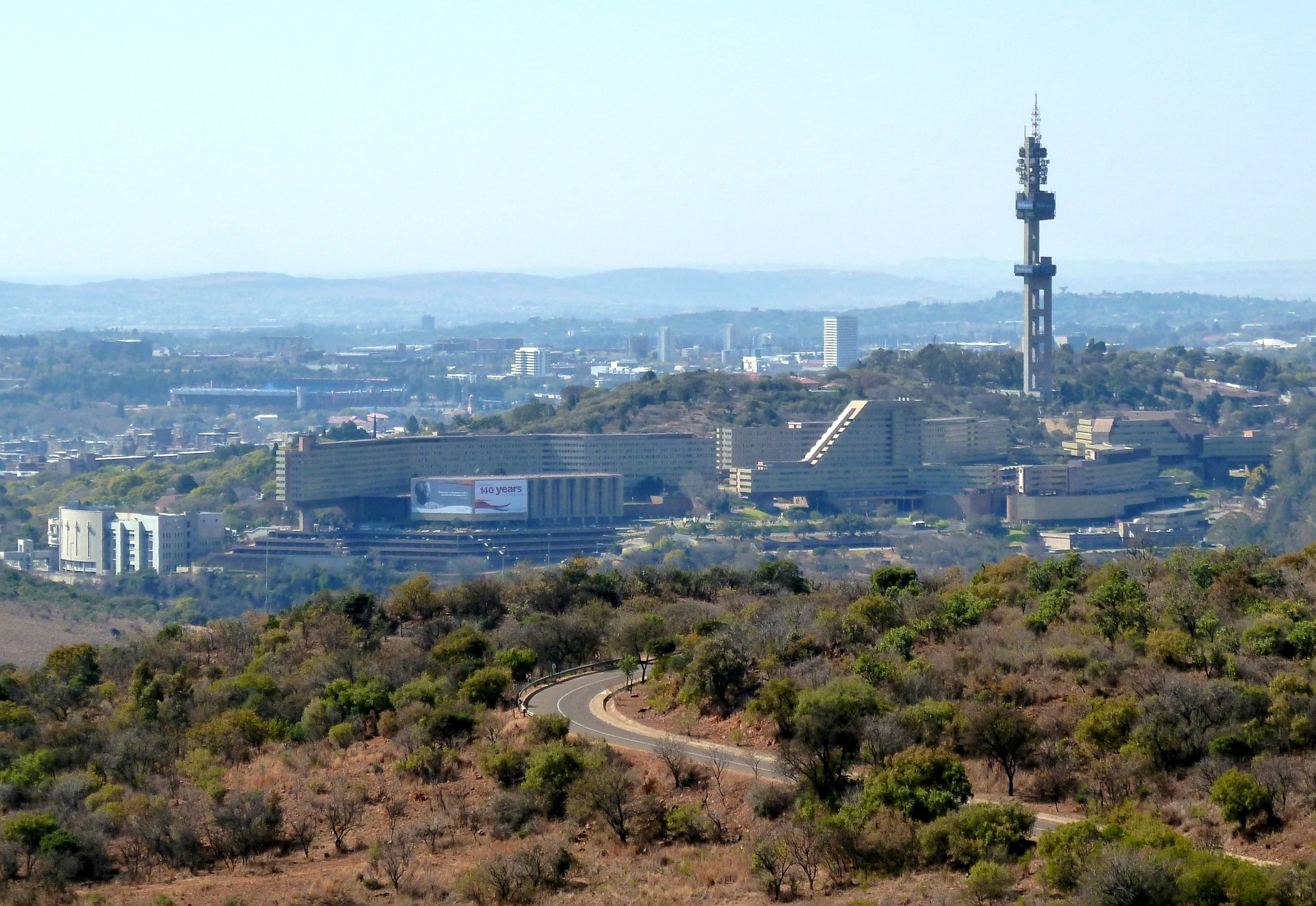
South Africa is a powerhouse in rugby and athletics, and the University of Pretoria’s stadium is at the heart of the country’s elite sports training programs. It hosts the Varsity Cup, South Africa’s premier university rugby league, and has produced numerous Springbok (national rugby) and Olympic athletes. The high-altitude setting in Pretoria gives a competitive edge to training athletes, while the stadium’s integrated sports science facilities make it a leader in sports performance research. The venue plays a key role in developing both students and professional athletes in one of Africa’s leading academic institutions.
23. Osaka University of Health and Sport Sciences Stadium – Osaka, Japan (10,000)
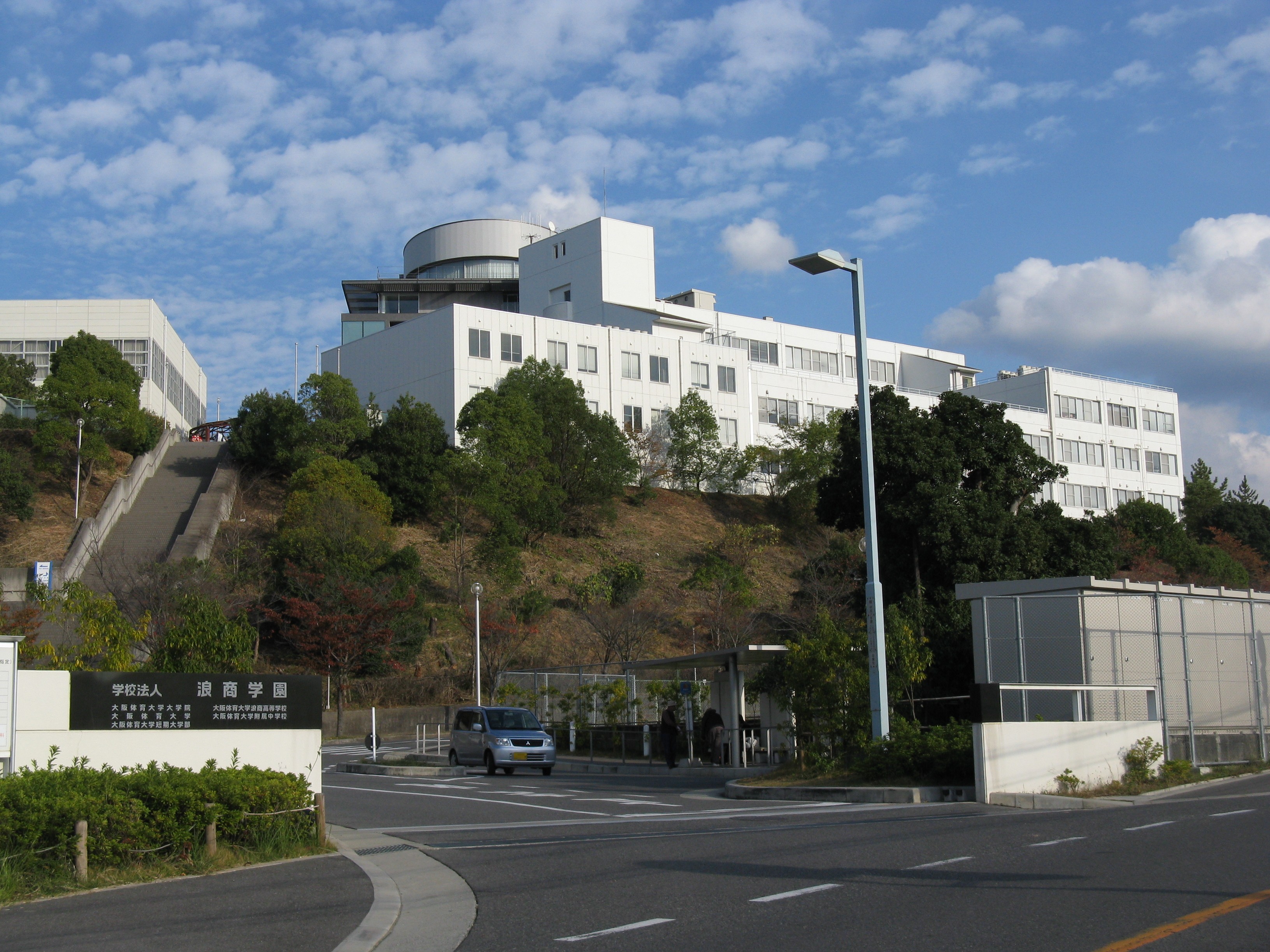
Japan’s first sports-dedicated university, Osaka University of Health and Sport Sciences, has a stadium designed for high-performance training in football, athletics, and martial arts. It frequently hosts Japan’s University Championships in various disciplines and is a key feeder for Japan’s J-League and Olympic teams. Unlike traditional stadiums, this facility integrates science-driven training programs with student-athlete development. It’s also a pioneer in sustainability, using renewable energy to power much of its infrastructure, aligning with Japan’s commitment to eco-friendly sports venues.
24. Croke Park – Dublin, Ireland (82,300)
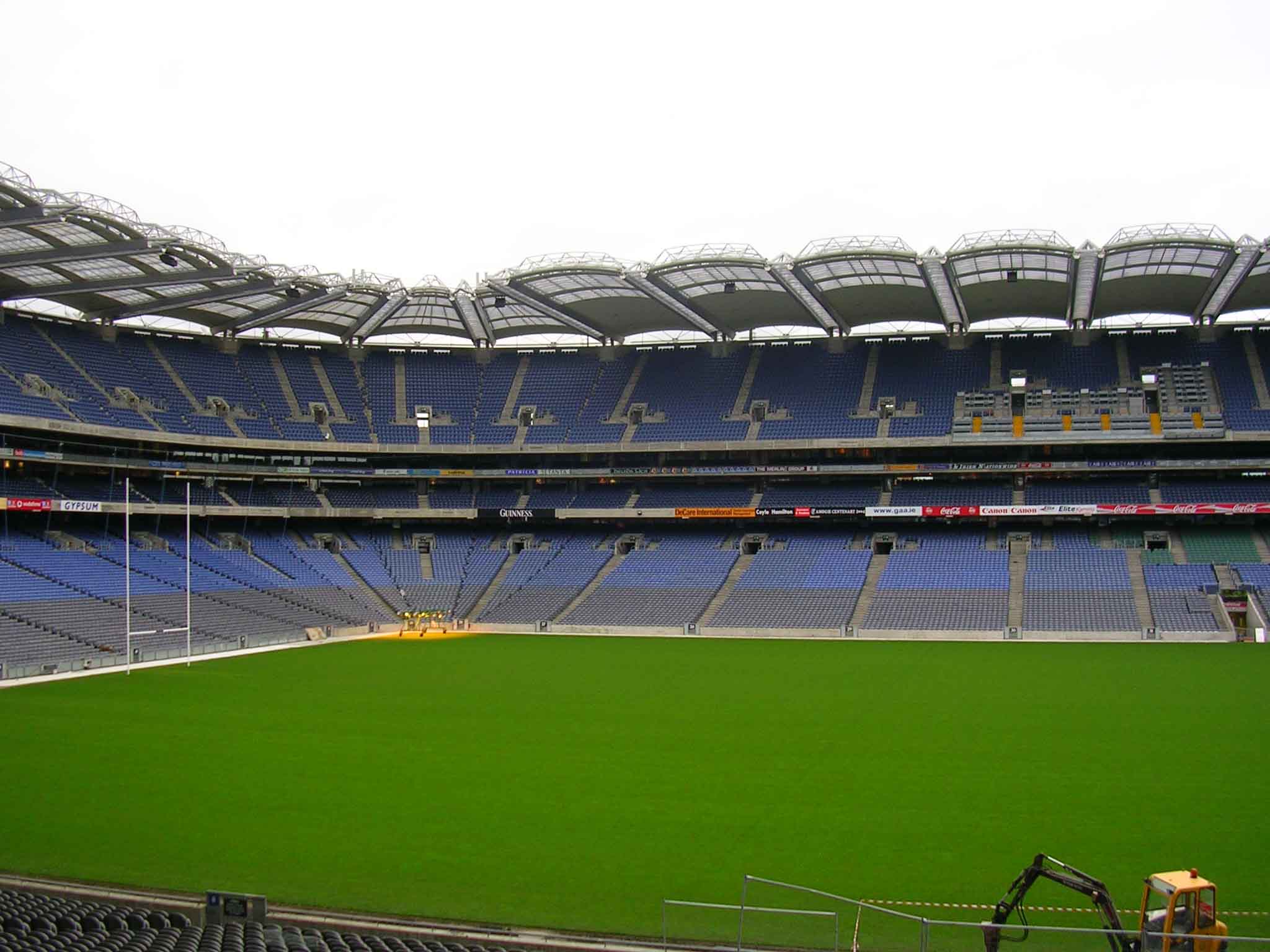
Although Croke Park is the home of Gaelic football and hurling, it plays a crucial role in Irish collegiate sports, regularly hosting university championships. The stadium is deeply tied to Ireland’s academic and cultural heritage, dating back to the 19th century. As one of the world’s largest amateur sports stadiums, Croke Park is a living museum of Irish sporting traditions. Universities from all over Ireland bring their best student-athletes here for competitions, with the atmosphere rivalling that of professional-level tournaments.
25. Université de Montréal CEPSUM Stadium – Montreal, Canada (5,100)
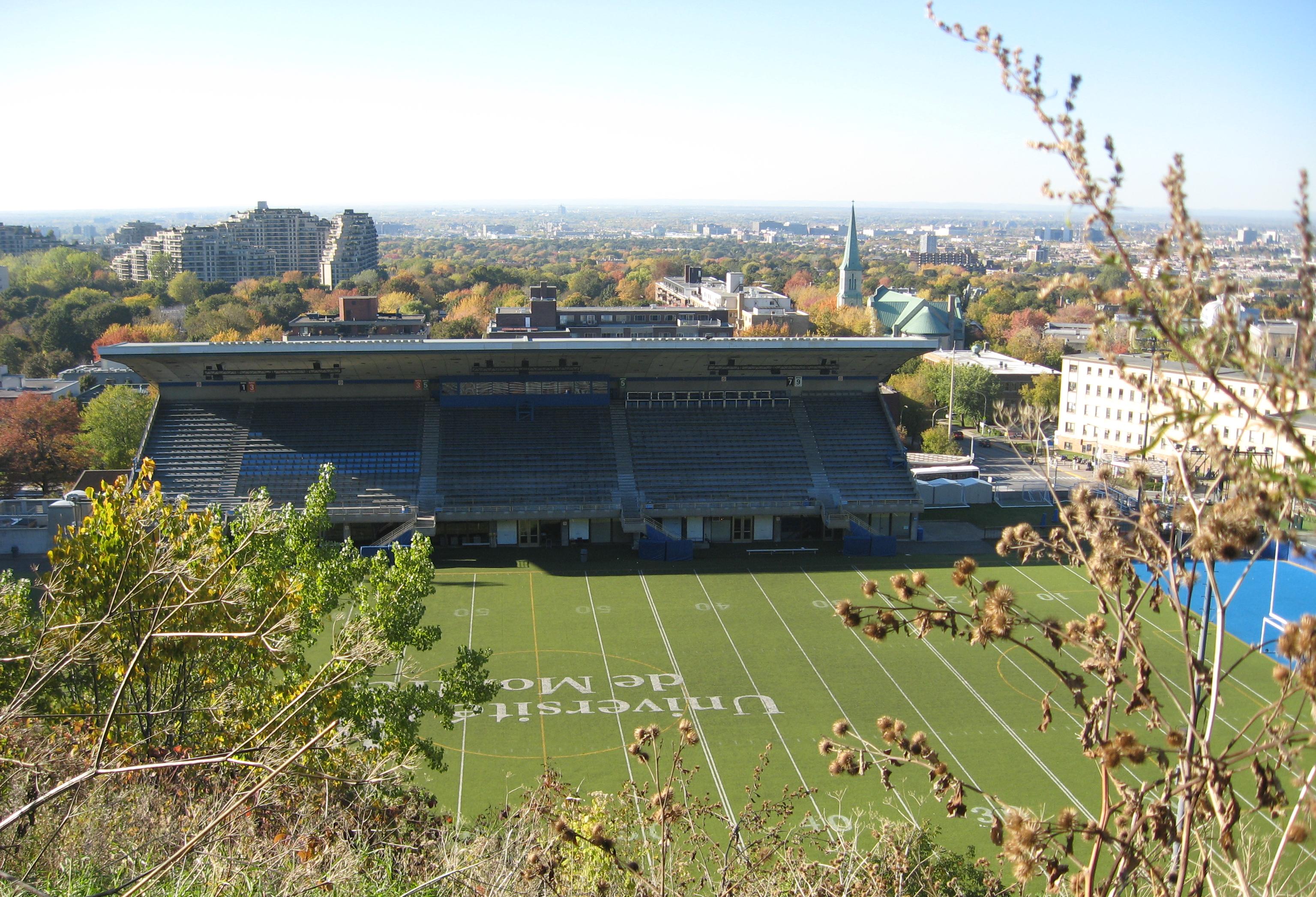
The CEPSUM stadium is the beating heart of Canadian university football, home to Les Carabins, one of the most dominant teams in Canadian collegiate football. It also regularly hosts track and field events and has top-tier indoor facilities for year-round training. Located in one of Canada’s most beautiful and historic cities, the stadium offers student-athletes world-class bilingual education alongside elite training. Its state-of-the-art sports medicine facilities are among the best in the country, attracting top-tier student-athletes.
26. Maracanãzinho – Rio de Janeiro, Brazil (11,800)
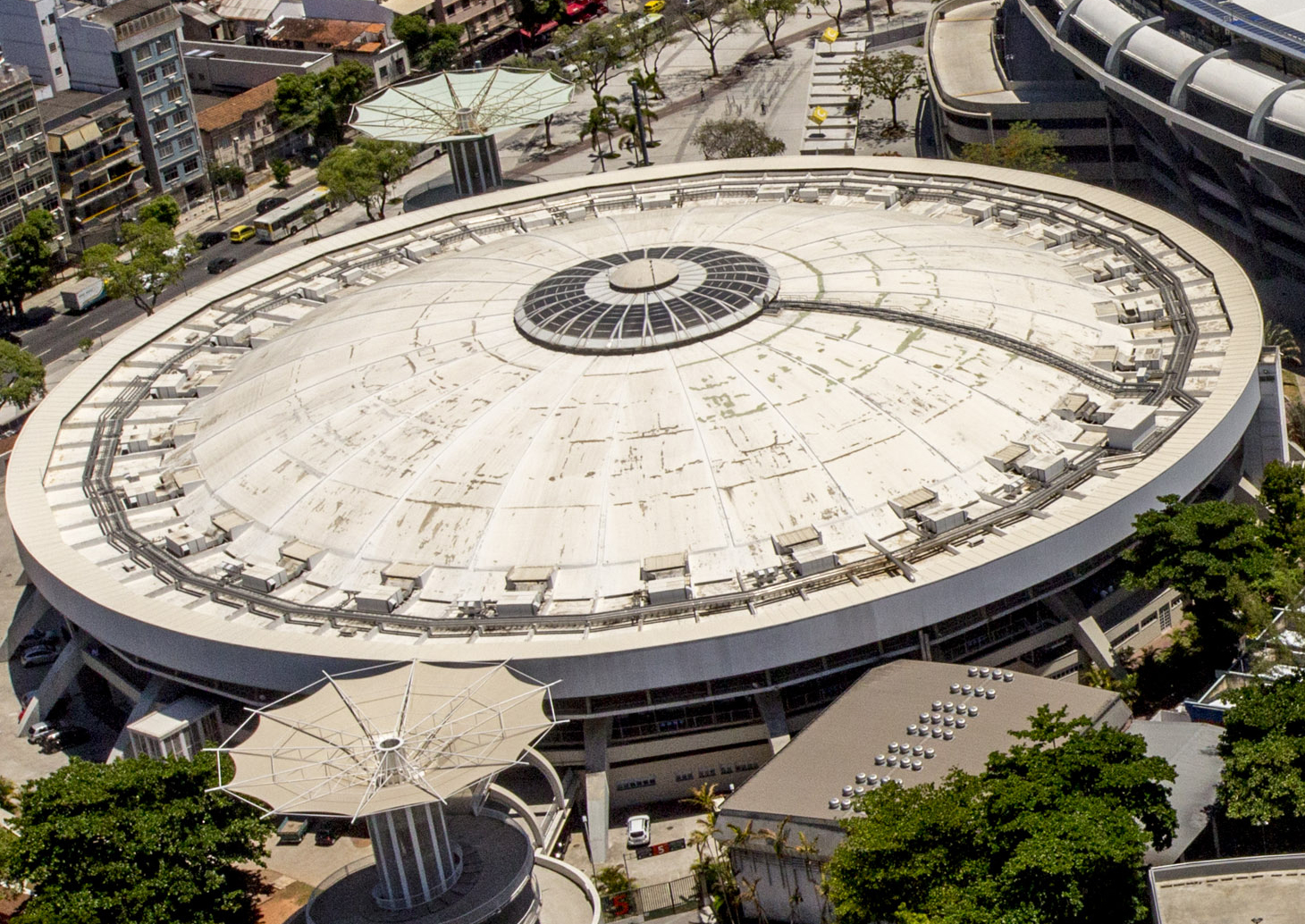
Often overshadowed by its neighbor, Maracanã Stadium, Maracanãzinho is Brazil’s top indoor sports venue, hosting inter-university championships in volleyball, futsal, and basketball. It has also hosted major international university sports events. This venue is at the heart of Brazil’s university volleyball dominance, as Brazilian teams are consistently ranked among the best in the world. The energy from student supporters at matches creates an atmosphere akin to a football derby.
27. Tehran University Stadium – Tehran, Iran (25,000)
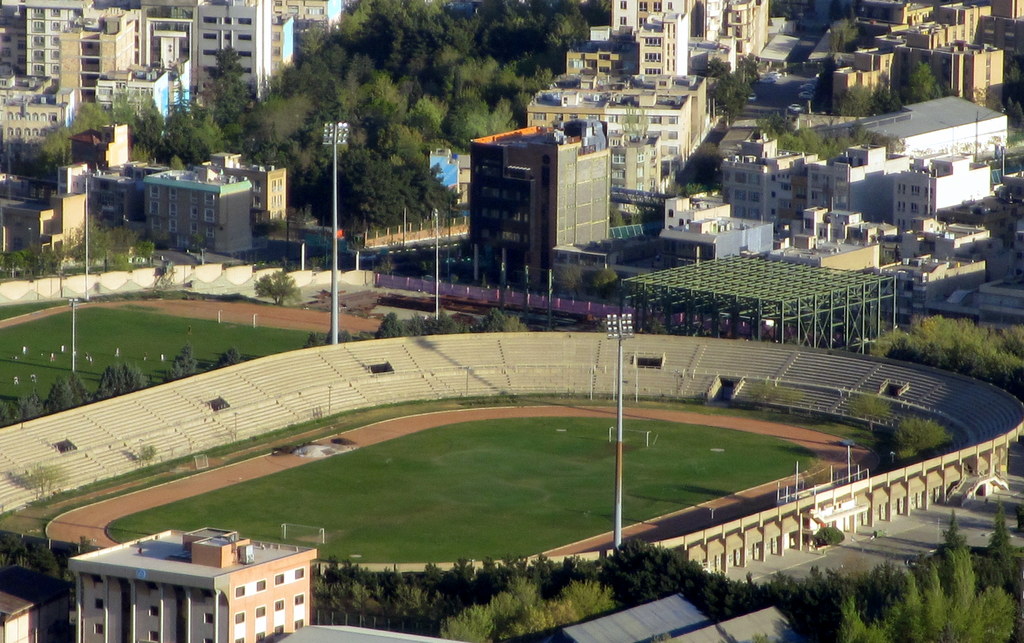
As Iran’s most prominent academic institution, Tehran University hosts intercollegiate football, athletics, and wrestling championships, drawing competitors from across the Middle East. The stadium is also a common venue for national student games. The cultural significance of university sports in Iran means that student matches often attract thousands of spectators, with football and wrestling at the forefront. Tehran University has also produced some of Iran’s greatest Olympians.
28. Stadio Olimpico della Farnesina – Rome, Italy (20,000)

A historic training ground for Italy’s top university football and rugby teams, this stadium is used by Sapienza University of Rome and other local institutions. It’s also known for hosting track and field events for student-athletes aiming for international competition. Located in the heart of Rome, the stadium offers a blend of history and sport, with the Colosseum and Vatican City nearby. Students experience high-level training with world-class facilities, preparing them for professional sports careers.
29. FNB Varsity Stadium – Johannesburg, South Africa (20,000)
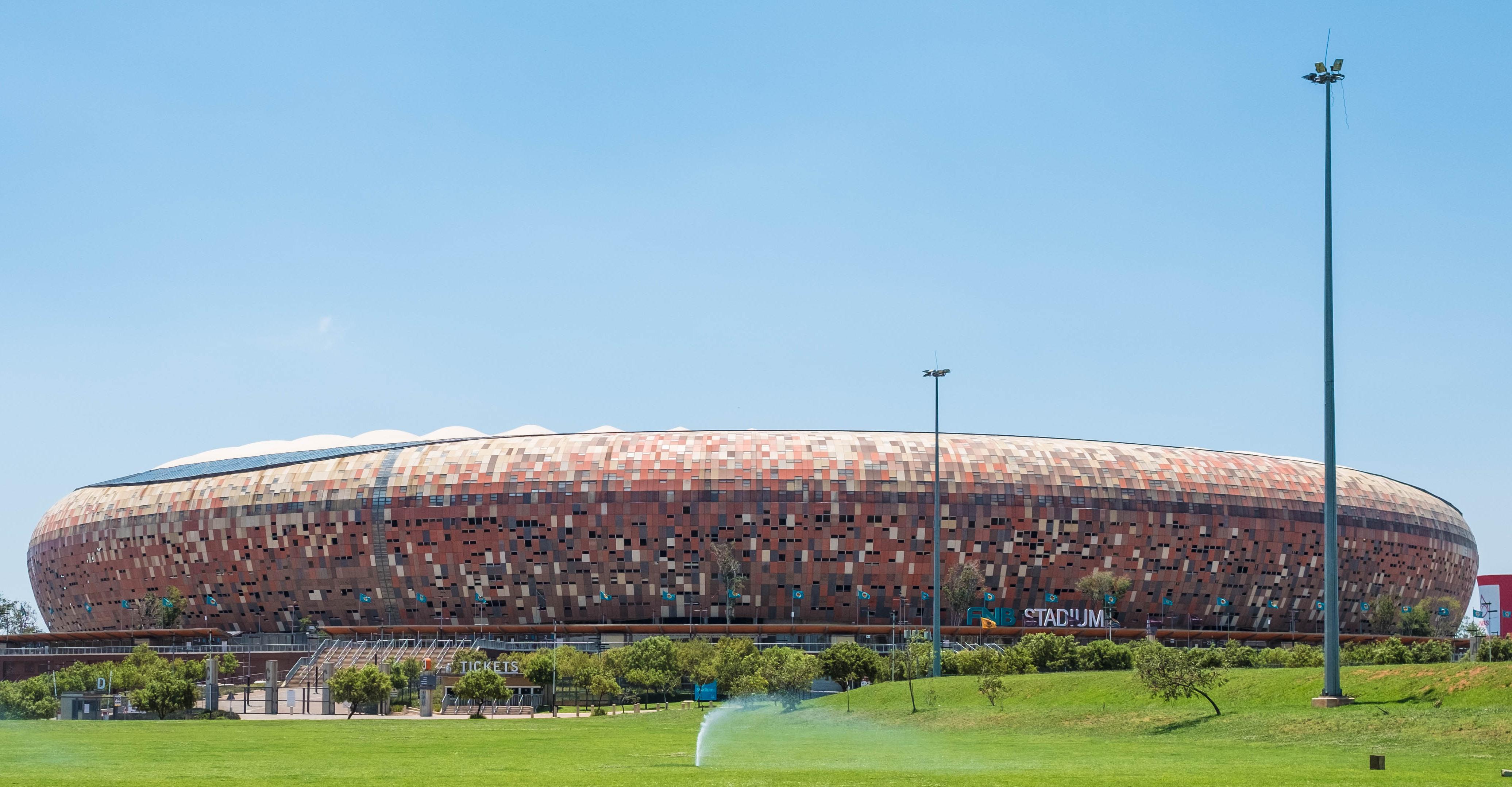
This stadium is a secondary venue to the iconic FNB Stadium (Soccer City) but is specifically dedicated to university competitions in football and rugby. It’s used extensively by the University of Johannesburg and Wits University for intercollegiate tournaments. Johannesburg has one of Africa’s most vibrant student sports cultures, with matches at Varsity Stadium often featuring massive student turnouts, cheer squads, and university rivalries.
30. Palau Blaugrana – Barcelona, Spain (7,500)
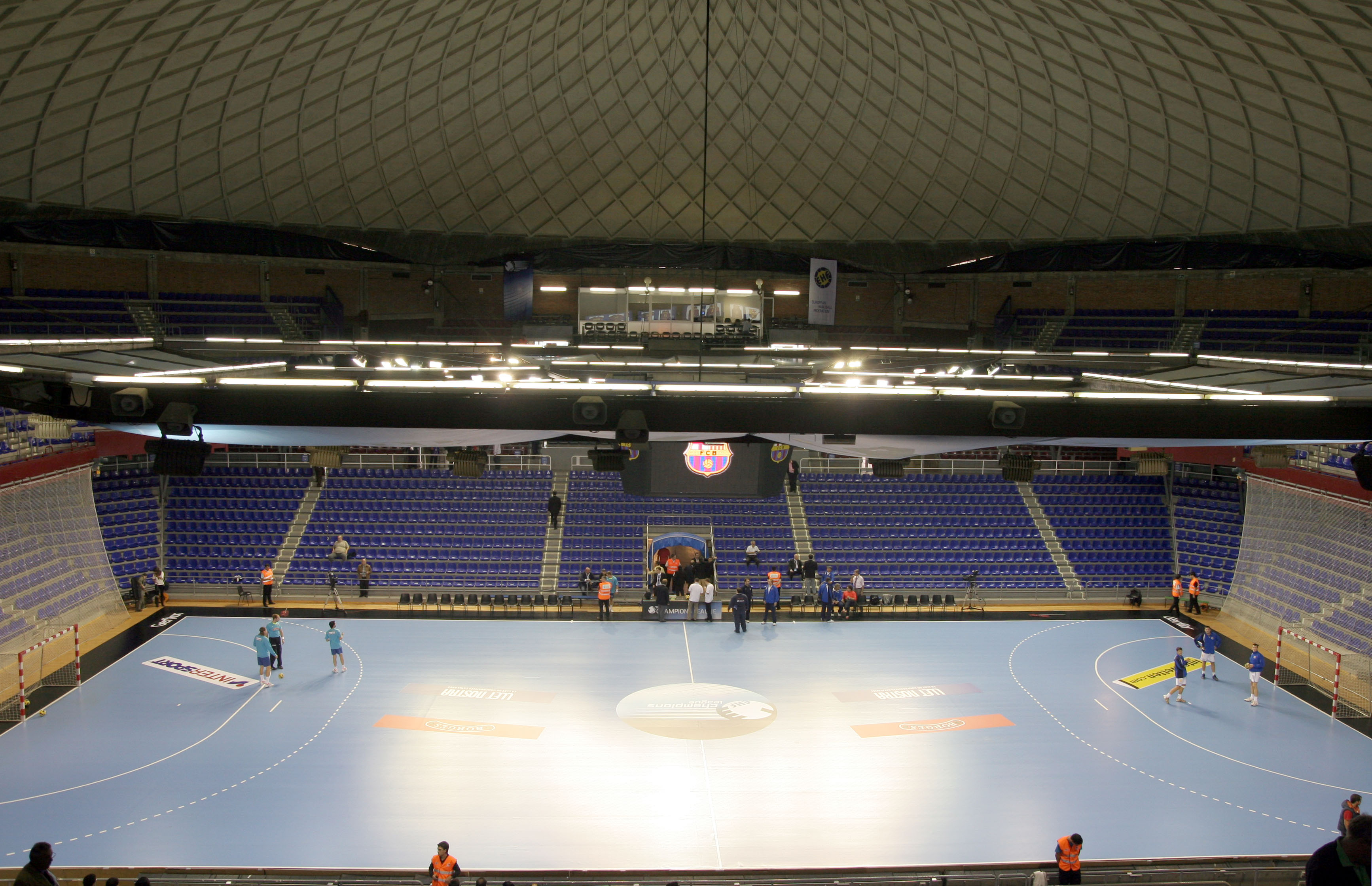
While best known as FC Barcelona’s indoor sports venue, Palau Blaugrana is also a major site for Spanish university championships in basketball, futsal, and handball. It regularly hosts competitions between Catalan and Spanish universities. It’s one of the few venues where student-athletes play on the same courts as professional teams, making it a dream setting for college players aiming for pro careers. Its integration with Barcelona’s famed sports infrastructure sets it apart.
A Global Celebration of College Teams
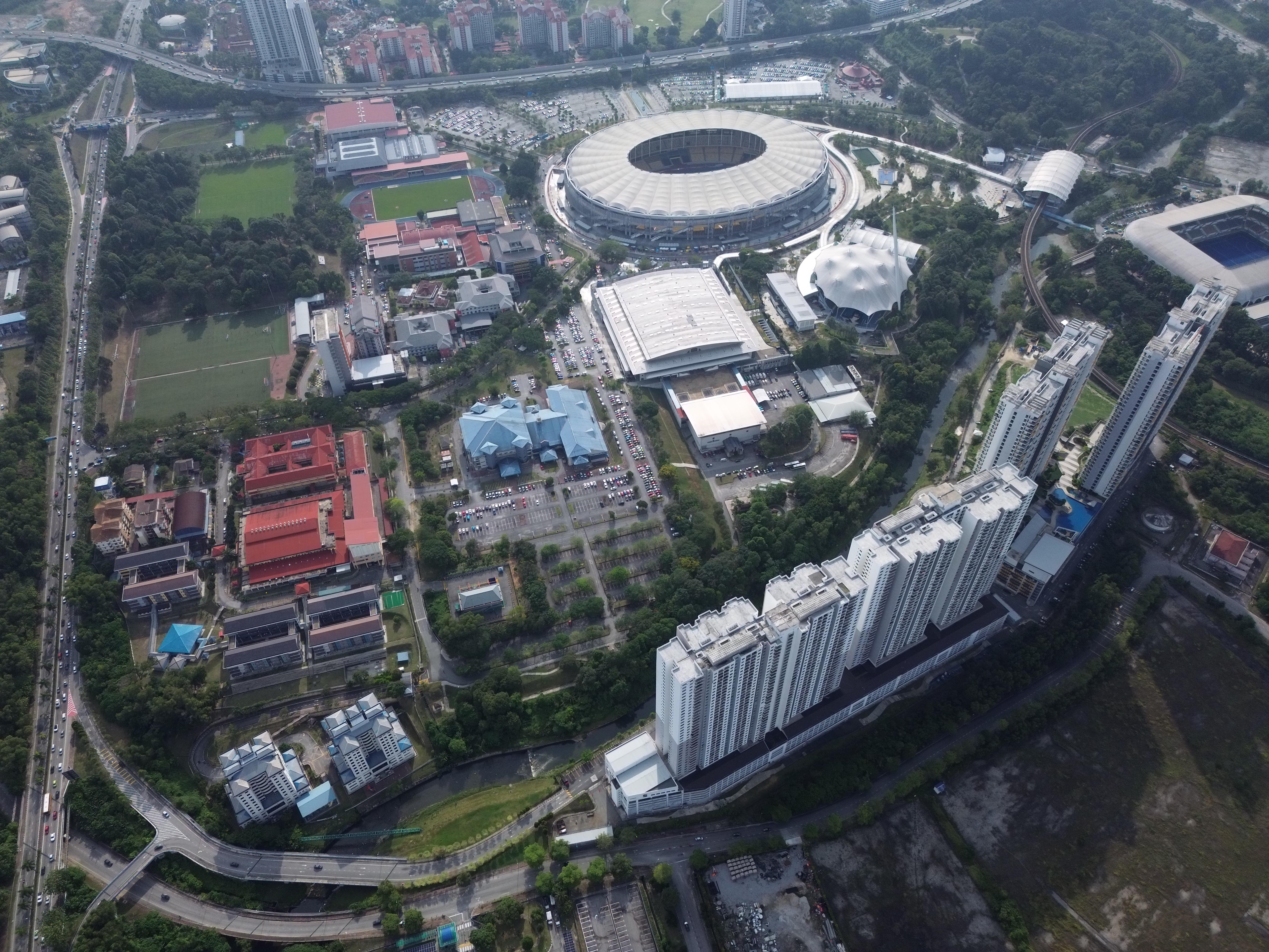
The world’s largest stadiums outside of the United States are more than just arenas for sports; they are vibrant symbols of culture, history, and community. Each of these monumental venues tells a unique story, reflecting the aspirations and identity of the institutions and regions they represent. From the technologically advanced complexes of Asia to the culturally rich stadiums of Europe and Africa, these sites exemplify the diverse ways in which sports unite people across the globe. As college sports gain prominence worldwide, these stadiums continue to evolve, embracing sustainability, advanced technology, and inclusivity. They represent the ever-growing potential of sports to inspire, educate, and connect communities. Whether steeped in history or setting the stage for modern achievements, these stadiums will remain enduring symbols of unity, progress, and global celebration.








